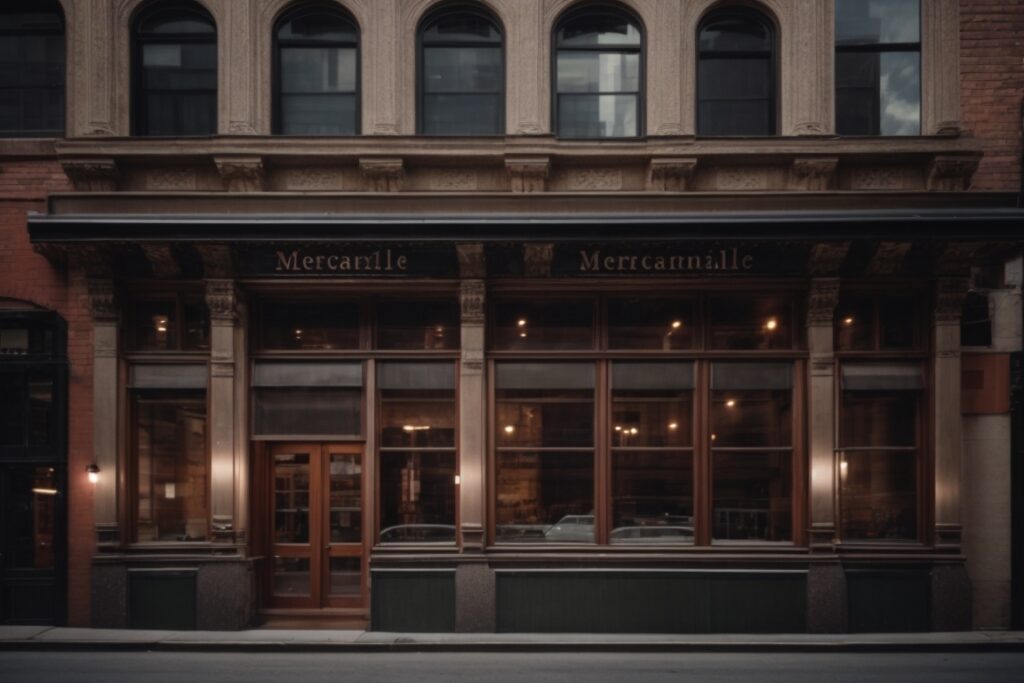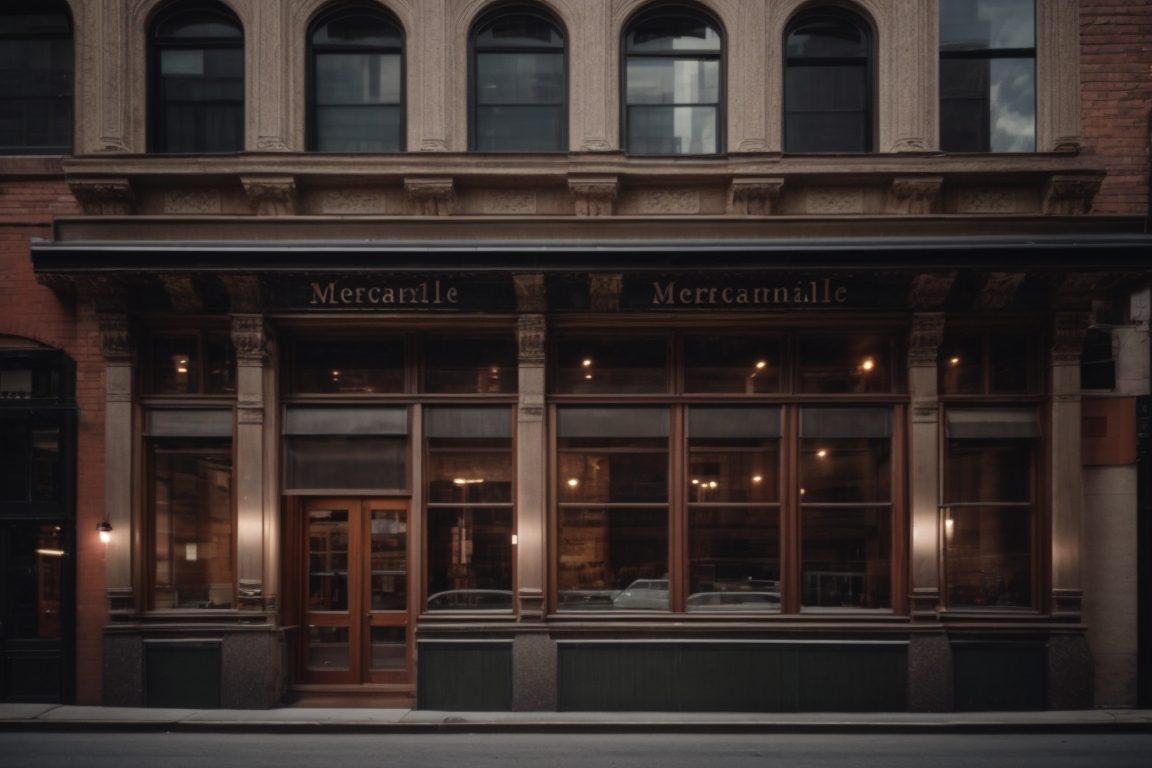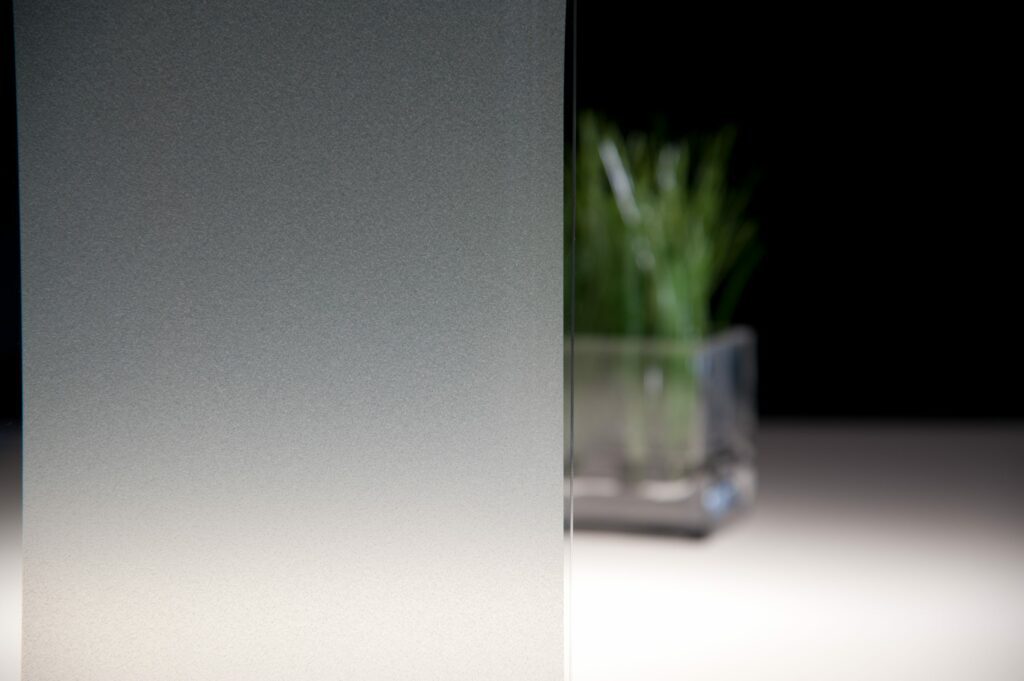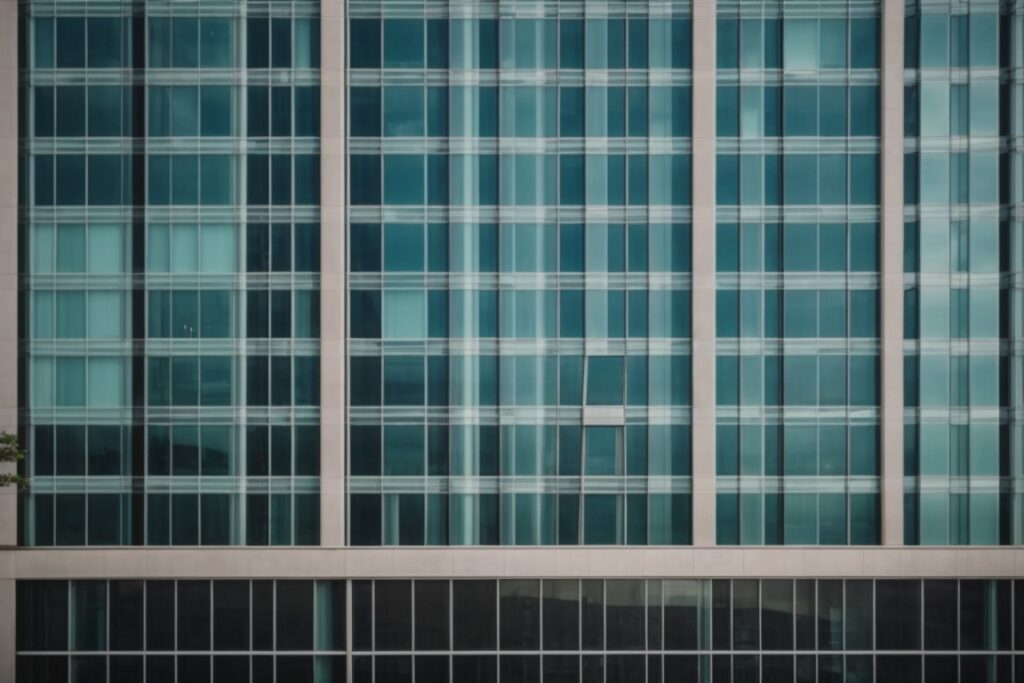
Preserving Chicago’s Architectural Integrity with Energy Efficient Window Film
In the bustling urban landscape of Chicago, where historical architecture coexists with modern skyscrapers, a new challenge emerges in maintaining the aesthetic and structural integrity of buildings. The use of energy efficient window film in Chicago is becoming an increasingly vital topic among architects and property owners alike. This innovative solution not only enhances energy conservation but also plays a pivotal role in protecting and maintaining the city’s beloved architectural heritage.
The challenge is significant: many of Chicago’s older buildings were designed long before contemporary energy standards and environmental concerns became prominent. These structures often feature beautiful, yet less energy-efficient, windows that contribute to higher heating and cooling costs and increased carbon footprints. The introduction of energy efficient window films presents a unique opportunity to address these issues without compromising the visual or historical integrity of these iconic buildings.
Despite its benefits, awareness around the potential of energy efficient window films is still limited among many building owners and managers in the region. As more buildings adopt this technology, it could lead to substantial energy savings and a reduction in overall environmental impact while preserving the historical aesthetics that make Chicago’s architecture so distinctive. The question remains: how can we increase the adoption of this technology to ensure the sustainability and beauty of our urban landscape?
Addressing the Need for Energy Efficient Solutions in Chicago’s Architectural Landscape
Chicago, characterized by its rich architectural heritage and historic buildings, faces a significant modern-day challenge. The city’s structures, many of which predate current energy standards, are not only aesthetically striking but often inefficient in terms of energy use. The escalating demand for energy efficiency in urban buildings, driven both by environmental concerns and economic factors, raises a crucial issue: how can Chicago integrate modern energy-efficient technologies, such as window films, without compromising the visual and historical integrity of its celebrated architecture?
This dilemma involves balancing architectural preservation with technological advancements in energy efficiency. The primary issue at hand is finding ways to retrofit these historical buildings with energy efficient window films in a manner that respects and preserves the original design and aesthetic appeal, while significantly reducing the energy consumption and carbon footprint. This task is especially challenging in a city like Chicago, where the visual identity of the architecture is deeply intertwined with its cultural history.
Startling Insights on Energy Efficient Window Films in Chicago
In Chicago, buildings are responsible for approximately 70% of total energy consumption, with heating and cooling demands being particularly intensive due to the city’s extreme weather fluctuations. Energy efficient window films, although seemingly a minor upgrade, can reduce this energy usage by up to 30%, translating into significant cost savings and environmental impact over time. Moreover, nearly 40% of commercial buildings in Chicago are over 50 years old, which often means lower insulation standards and higher energy losses—a fact that makes the case for energy efficient solutions like window films even more compelling.
The Hidden Toll of Inefficient Windows in Chicago’s Architectural Landscape
Chicago’s rich architectural heritage is an integral part of its cultural identity, but this legacy faces modern challenges, particularly relating to energy efficiency.
Traditional windows in many of Chicago’s historical buildings are often single-glazed and lack the energy-retaining properties necessary in a city that experiences extreme seasonal temperatures. This absence of energy-efficient window film represents a significant issue for building owners and residents alike.
Firstly, inefficient windows lead to excessive energy consumption. During the cold Chicago winters, heat escapes easily through thin, single-pane glass, forcing heating systems to work harder, which increases energy consumption and utility bills. Conversely, in the hot summers, these same windows allow an influx of heat, pushing air conditioning systems to their limits and further increasing energy expenses.
Moreover, the environmental impact cannot be ignored. High energy consumption contributes to larger carbon footprints for each building, working against global efforts toward sustainability and climate change mitigation. For residents and building owners, this problem extends beyond just high utility bills; it impacts their commitment to environmental responsibility and places additional strain on existing HVAC systems, which may require more frequent maintenance or replacement, adding to the financial burden.
Thus, the problem extends deeply into both the economic and environmental realms, affecting personal finances and broader societal responsibilities toward energy conservation. This paints a compelling picture of the urgent need for upgrades like energy-efficient window film, aligning the needs for historical preservation with modern energy standards.
Understanding the Problem with Insufficient Window Treatments in Chicago
In Chicago, traditional windows in historical and modern architectures often lack the incorporation of energy-efficient technology, leading to significant challenges for property owners. One of the critical issues is the massive heat gain during the summer and considerable heat loss in the winter, which results from having non-energy-efficient window films or no window treatments at all.
This problem is two-fold: first, it affects the comfort of building occupants, making living or working environments either too hot or cold; second, it results in alarmingly high energy bills due to the increased need for heating and air conditioning. This inefficiency is detrimental not only to the wallet but also to the environment as it increases the carbon footprint of each building in the city. Therefore, understanding the role of energy-efficient window films becomes crucial for those seeking to enhance their property’s efficiency and comfort without compromising the aesthetic essence that defines Chicago’s architectural heritage.
Enhancing Chicago’s Historic Buildings with Energy Efficient Window Film
In Chicago, a renowned architectural firm tackled the challenge of modernizing the iconic, century-old Mercantile Building while preserving its aesthetic. They chose to install energy-efficient window film, which not only harmonized with the building’s historic character but also significantly improved its thermal efficiency. This intervention led to a marked reduction in energy costs and enhanced comfort for occupants, proving that modern solutions like window film can be seamlessly integrated into historic structures, preserving their beauty while bolstering their functionality.
Consequences of Ignoring Energy Efficient Window Film in Chicago
Ignoring the installation of energy efficient window films in Chicago can lead to a range of negative consequences for building owners and residents alike. With the urban landscape facing extreme variations in climate, the costs of disregarding this innovation can be substantial.
First and foremost, the economic burden of higher energy bills is a direct consequence of not utilizing energy efficient window film. Buildings without these films require more energy for heating in the winter and cooling in the summer, leading to increased utility costs. Over time, these expenses accumulate, significantly impacting the financial well-being of residents and building owners.
Furthermore, the aesthetic and historical integrity of Chicago’s iconic architecture might suffer. Without the protective benefits of window films, buildings are more susceptible to damage from UV exposure which can fade interiors, artworks, and historical artifacts, thus devaluing the cultural heritage of the city.
In essence, choosing to overlook the implementation of energy efficient window film not only results in greater financial strain but also jeopardizes the long-term preservation and value of property within Chicago’s dynamic architectural landscape.
Economic Benefits of Energy Efficient Window Film in Chicago
Incorporating energy-efficient window film in Chicago offers substantial economic benefits to homeowners. These films significantly reduce the need for air conditioning during hot summer months by blocking UV rays and decreasing solar heat gain. This reduction in energy consumption directly translates into lower utility bills, providing financial relief especially in regions with high electricity rates. Moreover, the enhanced insulation offered by these films extends the lifespan of HVAC systems by reducing their operational stress, mitigating long-term maintenance and replacement costs.
Solving Architectural Needs with Energy Efficient Window Film in Chicago
In the bustling and architecturally diverse city of Chicago, the challenge of maintaining the integrity of historic buildings while improving their energy efficiency is significant. Energy efficient window film presents a compelling solution to this quandous cityscape puzzle, tackling issues like heat loss, UV damage, and visual aesthetics with a single, innovative product.
For Chicago’s storied buildings, maintaining aesthetic authenticity is crucial. Energy efficient window films are designed to be virtually invisible, preserving the original look of windows while enhancing their performance. This transparency means that architects and builders don’t have to compromise on style to achieve sustainability. The films can be applied to both new and existing windows, making them a versatile option for a wide range of buildings, from modern skyscrapers to historic brownstones.
The thermal insulation properties of energy-efficient window films significantly reduce heat loss during Chicago’s harsh winters and help keep interiors cool during the simmering summers. By addressing these key temperature control issues, the films help in cutting down the energy consumption, thus leading to lower utility bills. This not only supports Chicago’s sustainability goals but also provides economic benefits to building owners.
Moreover, the application of this window film is a straightforward, disruption-free process, making it ideal for busy city environments where minimizing construction times and disturbance is essential. This simplicity ensures a quick adaptation without affecting the daily routines of the building’s occupants. Whether looking to upgrade an office on the Magnificent Mile or a boutique in one of Chicago’s many historic districts, energy-efficient window film is an adaptive and efficient solution.
Enhancing Chicago’s Architectural Heritage with Energy Efficient Window Film
Energy efficient window film offers a simple yet highly effective solution for enhancing the sustainability and aesthetic value of buildings in Chicago. Known for its rich architectural history, Chicago faces the unique challenge of balancing historical preservation with modern energy standards. This type of window film addresses this challenge head-on by improving the energy efficiency of glass surfaces without compromising the visual or structural integrity of historic buildings.
With energy efficient window film, property owners in Chicago can significantly reduce heat gain and loss through windows, which is a common challenge in both older buildings and contemporary glass structures. This reduction in thermal transfer can lead to substantial decreases in heating and cooling costs, providing financial benefits while also reducing the environmental footprint of the building.
Moreover, the application of window film is non-invasive and can be customized to fit the aesthetic requirements of any building, ensuring that the character and appeal of Chicago’s architectural icons are maintained. This makes it an ideal solution not only for commercial and residential buildings but also for historic sites seeking modern energy solutions without the need for extensive alterations.
Benefits and Features: Energy Efficient Window Film in Chicago
Energy efficient window film provides a myriad of benefits for Chicago’s buildings, both modern and historic. First, it significantly boosts energy efficiency, helping to reduce heating and cooling costs throughout the city’s diverse weather conditions. This film also minimizes the harmful effects of UV rays, protecting interior furnishings from fading and degradation. Additionally, its installation is non-invasive, which is particularly important for preserving the integrity of Chicago’s architectural heritage without altering original window structures. Practical yet effective, energy efficient window film is an ideal choice for enhancing building aesthetics while supporting environmental sustainability.
Success Stories: Energy Efficient Windows Enhancing Chicago’s Heritage Buildings
A notable testimonial from the heart of Chicago celebrates the impact of energy efficient window film in the historic Carlton Building. After installation, the management noticed a marked improvement in temperature control, leading to a significant reduction in their heating and cooling costs. More importantly, the window film preserved the aesthetic integrity of the building’s original architecture, a primary concern for heritage properties. The Carlton Building has since become an advocate for energy efficient solutions that do not compromise historic value.
Another success story comes from a modern high-rise on Michigan Avenue which experienced similar benefits. The building’s facility manager reports a 30% decrease in energy costs since the upgrade. Tenants praise the added comfort and reduced glare, substantially enhancing their workspace environment and productivity. The high-rise has received attention from architectural forums and sustainability circles, highlighting how energy efficient window film can blend efficiency with modern aesthetics.
Case Study: Preserving Chicago Heritage with Energy Efficient Window Film
In downtown Chicago, the historic Wrigley Building underwent a significant retrofit with energy efficient window films. This upgrade not only preserved the building’s iconic architecture but also enhanced its energy efficiency, leading to a significant reduction in heating and cooling costs. This practical improvement has been instrumental in maintaining the building’s aesthetic value while modernizing it for energy conservation. If you’re looking to protect and enhance your property with similar benefits, contact us today to explore your options with energy efficient window film.







About The Author: Mike Kinsey
Mike Kinsey has more than a decade of experience installing window film in the Chicago area. His years of experience have allowed him to develop a deep familiarity with all of the different types and styles of window film on the market including the various security, privacy, decorative, and energy efficient options. Together, he and his team have completed hundreds of commercial and residential installs, totaling an accumulation of over 250,000 square feet. In addition to being an expert on top brands such as LLumar, C-Bond, HDClear, Solar Gard, Solyx, and Huper Optik, Mike is also certified by 3M, EnerLogic, and AIA for continuing education.
More posts by Mike Kinsey